Senior staff arrived on site on Saturday January 31 and junior staff arrived on Wednesday February 4, the same day that Diane flew back to Florida after helping to set up the various investigations to be carried out during 2015 at Caracol. Formal excavation commenced on Tuesday February 3. Five different loci are currently being investigated. The first is a housemound group immediately east of the Central Acoprolis that is called “Ultimo.” This group had two test-pits placed into it during the 1989 field season; both produced earlier remains – one in the form of a deeply buried circular building and the other in the form of a Protoclassic burial (among other burials and caches). The latter test investigation had been placed in front of the eastern structure and this is where the 2015 axial excavation was placed. Upon initial clearing, this excavation (Operation C49D) was realigned to include the majority of the structure and front step in the investigation. A second focus for 2015 was the Central Acropolis, where a 3 m by 4 m excavation (Operation C206B) was placed in the center of the plaza on axis to both the east and north buildings. The goal here is to search for earlier buried versions of this acropolis. In the initial investigation, approximately 50 cm below the current surface an earlier plaster floor was encountered that had a building scribe line on it and a potential pit in its southwestern corner. A third focus is on a 2 m by 8.9 m trench (Operation 205B) that links the 2010 center excavation in the Northeast Acropolis to the 1994 axial excavation into Structure B34; the goal here is to get down to the 2 m deep earlier plaza floor that covered important earlier deposits in both the 1994 (Protoclassic interment and Preclassic building) and 2010 (Teotihuacan-related cremation) excavations. A fourth focus is to carry out areal investigation (Operation C207B) in the Structure B37 platform, where non-axial excavations in 2004 uncovered an Early Classic tomb and 2 early Early Classic burials in the platform fill. A fifth focus is to investigate Structure B36, which is currently interpreted to be the Caracol royal kitchen. This structure is over 60 m in length; earlier test investigations here demonstrated that the building was constructed of good-quality cut-stone architecture. By week’s end, all excavations were progressing nicely and will hopefully produce the expected archaeological materials beginning next week. On another matter of note, our generator died on Friday night, leaving all of us in the dark. By borrowing a generator on Saturday morning from the caretakers and police, we were able to ascertain that it was in fact the generator that was not working and not a problem with wet wiring (it had been raining for 2 nights and off-and-on during the days). Based on this assessment, I left camp early Saturday and drove out to town to obtain a new unit, which was purchased in Spanish Lookout. The new generator makes night-life at camp far more bearable than the original generator (which was noisy and consumed over a gallon of gas an hour). I also used this run to bring in a fresh supply of vegetables from the San Ignacio market as well as 100 lbs of hard-frozen chicken and 20 lbs of grind beef (talking a problem and turning it into an opportunity).
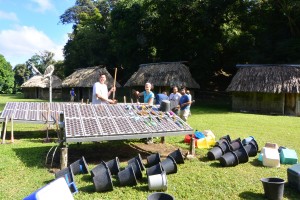
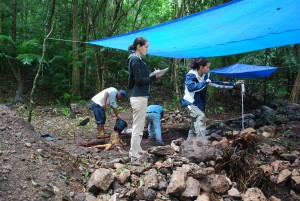
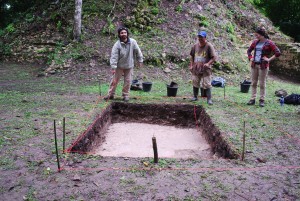
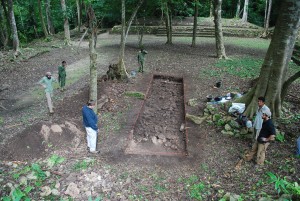
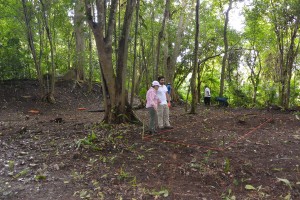
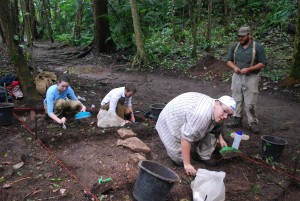
So interesting that you will be revisiting previously excavated sites. I can’t wait to see what you find. Glad to hear you were able to acquire a new generator.